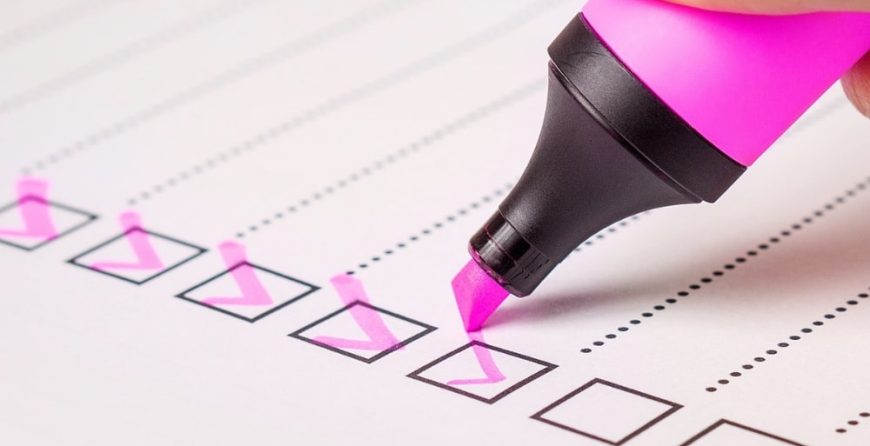If you’re planning your fall Iowa garden, there are a few things you should check off your organic garden checklist before you get started.
Here’s what you need to know about starting your next organic garden!
Watch the light
If you’re planting fall veggies, keep in mind that most of them need a mix of full and partial shade. Are you incorporating flowers in your organic garden? They have their own sunlight needs so read the instruction tags that come with them.
Observe your yard at different times of the day and note which areas are sunny and those that are shady. You can place plants accordingly this way.
Draw a blueprint
Like all good things, a successful garden starts with a roadmap. Most organic gardeners start with a four-by-four-foot plot for their vegetables. If you’re growing flowers, choose a spot to dig the beds.
Build a fence
Autumn is the perfect time for critters such as rabbits, squirrels, and deer to nibble away at your vegetable garden. And who can blame them for wanting to prep for our intense Iowa winters?
To avoid losing all your vegetables to the animal kingdom, consider building a fence around your garden.
Pro tip: build the fence before you plant the garden, so rabbits and raccoons never get a chance to eat anything!
Condition your soil
Before you can start planting, you need to ensure your soil is in tip-top shape. Do a quick soil test (even if you planted a summer garden this year) to see if the pH level needs adjusting. Once you have the results, determine how much (if any) organic material such as mulch or worm castings needs to be added to make it fertile.
Choose a bed type
Do you want to till and nourish the soil in your pre-existing Iowa garden? Would you prefer to avoid bending down each time you tend to your plants? Answering these questions will help you determine whether to use your existing organic garden space or create a raised bed.
Select your plants
What plants do you want to grow in your organic Iowa garden? Keep in mind that anything you’re selecting for this time of year needs to be hardy when making out your organic garden checklist.
You can still plant any of the following well into the autumn:
- Broccoli
- Cauliflower
- Cabbage
- Brussel sprouts
- Beets
- Radishes
- Carrots
- Onions
- Lettuce
- Kale
Determine your schedule
Spend some time researching what will grow in your area and what time of the year plants will flourish. Once you do this, you’re ready to create a schedule! If you get stuck, don’t be afraid to stop by your local lawn and garden center to ask questions.
Pick up some tools
Regardless of the season, always have the following tools ready to go:
- Spade
- Garden fork
- Hose
- Hoe
- Hand weeder
- Basket for mulch
Conclusion
Your organic gardening will have a smoother process if you cross each of these items off your organic garden checklist! You can also take your organization skills into the garden by using MCG BioMarkers® to label your plants.
Made of material derived from living or recently living organisms, our biomarkers are sustainable and completely renewable. Because they’re made from agriculture waste by-products, they have lower carbon footprints and can biodegrade in a compost environment.
Are you having soil troubles? Enhance your soil’s condition and give your plants the nutrients they need to thrive by adding worm castings to your organic garden. Worm castings are rich in biological organisms, nitrogen, phosphorus, and potassium and they don’t burn your plants!
Happy gardening!


